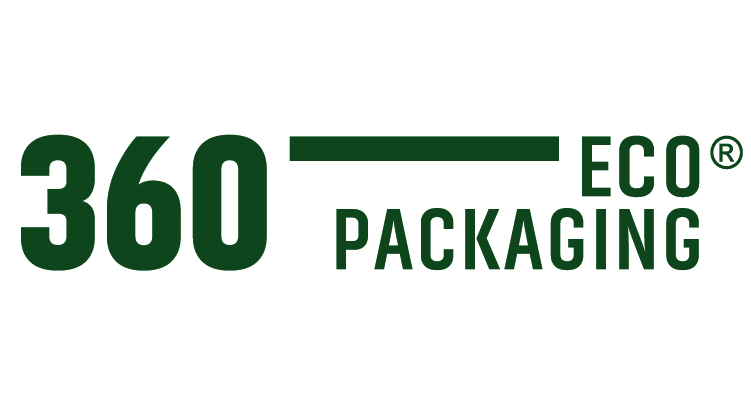In the previous post we have seen what a DIN unit is and the degree of absorption per unit, therefore we must remember that a DIN unit is equivalent to an absorption of 6g of water and that to absorb these 6g of water approximately 30g of desiccant salts are necessary (depending on the type of salt and the conditions).

Having recalled the previous post, we consider a practical case for a part of dimensions 1150x750x750mm (length x width x height) to be transported in a box equipped with a thermoweldable bag of inner dimensions 1200x800x800mm.
To calculate the volume of air enclosed between the box and the part we must find the differential of volumes, therefore:
1,2 x 0,8 x 0,8 – 1,15 x 0,75 x 0,75 = 0,121 m3
Once this data has been calculated, we go to the formula:
n = 1/a · ( V · b + m · c + A · e · D · t )
And we calculate the number “n” of DIN units replacing each constant by its value, (to know the value of these parameters do not hesitate to visit our previous post).
The result would be n = 2 approximately, so about 60g of desiccant compound would be necessary for this packaging. We must bear in mind that it is always better to distribute these salts proportionally so that the atmosphere always maintains homogeneous humidity levels, so whenever possible we will use several bags distributed homogeneously.

As we have mentioned in previous posts, it is important to define the volume of air that we want to maintain with low humidity levels in order to calculate the number of DIN units that will be necessary. Once we know this information, our supplier will tell us the exact grams of salt that we will need depending on its composition.
![]()


